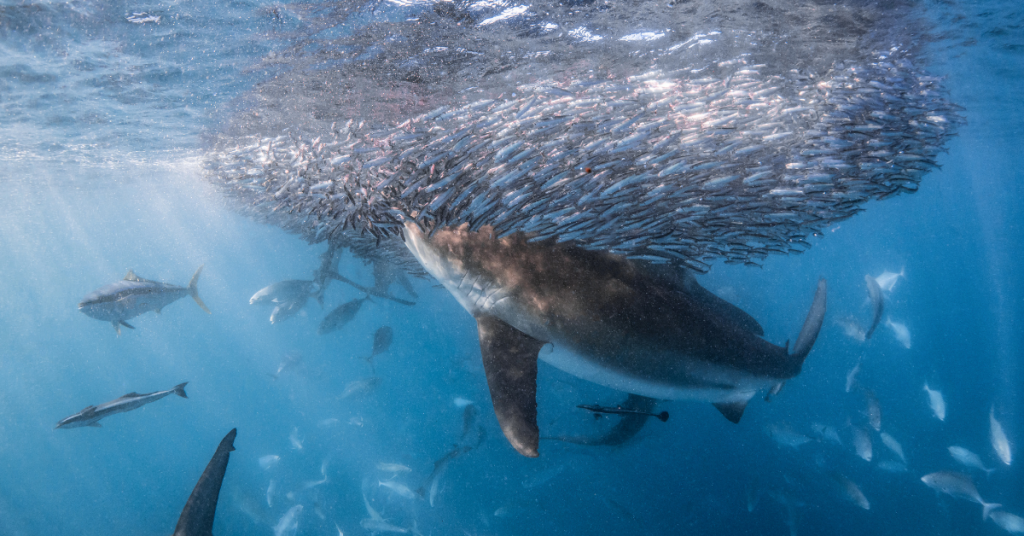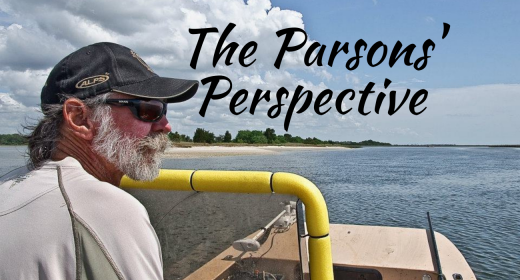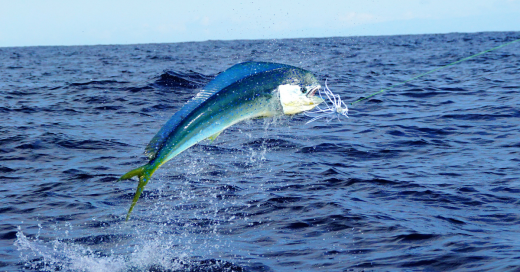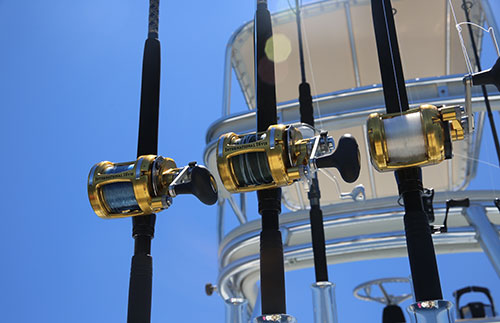The Offshore Baitfish….Important Food Chain Link
Every creature in the estuarine, nearshore and bluewater environments, plays an important part in the health and sustainability of our offshore fishery. Every creature from the lowly phytoplankton, to zooplankton to the pelagic giants at the top of the food chain absolutely depend on a bait sequence to survive. Even after their natural death, all species become “bait” to benthic species including bottom fish in the snapper-grouper complex, shark species, and the like. So the bottom line, everything is essential bait to another pelagic fish. At the top of the food chain, perhaps the mighty Blue Marlin has only two known predators as bait which is believed to be the Shortfin Mako and the Great White.
Most of us pelagic fishermen— those hunting Billfish, Yellowfin, Blackfin and Bigeye Tuna, Wahoo, Dolphin, Mackerel and Cobia have an interest in the baitfish complex. Here are just a few facts in this complex, ever-changing food web dynamic.
The basis of the entire pelagic food chain has its roots in the microscopic production of phytoplankton. They tend to bloom in nutrient-rich waters close to shore, near and in estuaries but also in upwellings that occur along current boundaries, especially edges along the Gulfstream where back-loop eddies on the western wall “upwell” nutrient waters to the surface. “Zooplankton” uptake phytoplankton and this is the primary food source for the filter /feeder bait fish like mullet, menhaden, and flying fish. Of course, these bait species support the King Mackerel fishery, the giant Bluefin concentration in late winter/early spring, and with the flying fish supporting numerous topwater pelagics throughout the year along the Gulfstream current.
There are 2 additional categories of bait fishes that play an important role for large bluewater pelagic fish. Other than the filter feeders, “toothy” fish provide an important resource. Many of these are the smaller-sized and juvenile gamefish, or several species in the Tuna/Mackerel family. In fact, two species of Mackerel— the Frigate and Bullet—are so important to Blue Marlin, Dolphin, and Wahoo that they are recognized by the South Atlantic Fishery Management Council (SAFMC) as an eco-systems component of the Dolphin/Wahoo fishery management plan under amendment 12 to that FMP. And of course, Blue Marlin love “peanut” sized Dolphin and small Yellowfins.
Lastly, there are many small “schooling minnow-like“ species and sardine-related species that are too many to name, but Yellowfin tuna eat em like popcorn. Also, Eel and Squid make up partial diets and are common to many of our pelagic gamefish’s healthy eating habits. Swordfish love Squid.
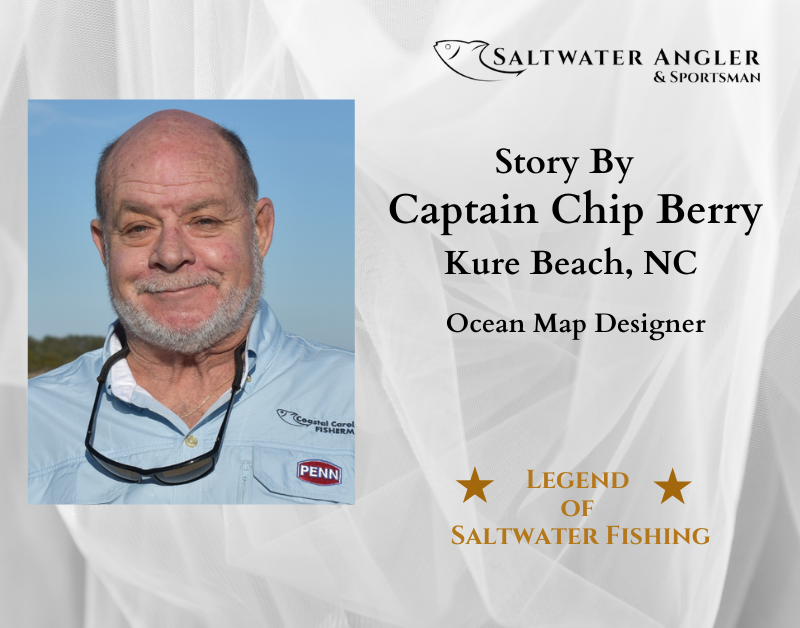
You may be interested
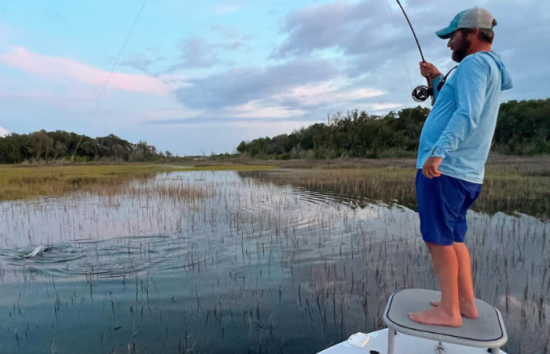
Sight Fishing Like A Pro
Tim Wilson - June 19, 2025Sight fishing can be a rush when done right. It’s taking your inshore fishing to the next level with a dose of adrenaline. It requires great upper-level…

My Fishing Spot’s Better Than Yours…..Increase Your Your Hotspots
Tim Wilson - June 9, 2025Every angler has their favorite go-to spots—the kind of place where they landed great fish just a few months back. It might be a familiar dock or…
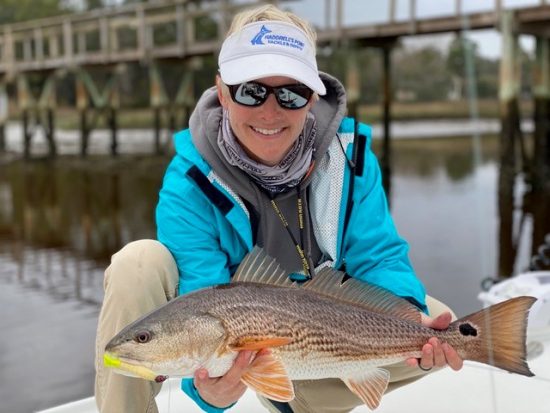
Pre-Planning For the Next Day’s Fishing Trip Like a Pro
Tim Wilson - June 9, 2025While many saltwater anglers just roll out of bed and head to the boat ramp, the top-notch fisherman has a different approach. It starts before the day…

